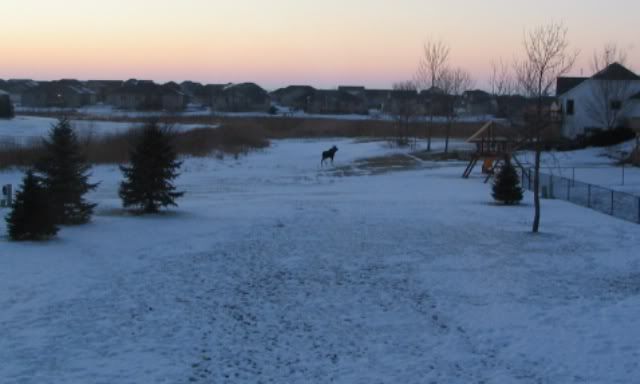Wild pheasants are seen all along the Rio Grande River in New Mexico from Las Cruces northward to north of Albuquerque.
There is also a few wild pheasants all along the Pecos River and along the Texas side of that river also. A bigger group of wild pheasants are seen around the Clovis and Portales area near the Texas panhandle border.
The ringneck pheasants were first released in New Mexico in 1916 and slowly became established around the rivers creeks and irrigated areas.
In the early 1960's the White-Winged pheasants were released and added alertness, wariness and agility to the already present ringneck population and helped the wild pheasant expand all along the Rio Grande.
The Ring-Necked Pheasant (p. c. torquatus) and the White-Winged Pheasant (p. c. bianchi) are both the same specie of the true pheasants (hens look alike cocks crow and mate the same etc..) but are different sub-specie.
Look at the photo below, after almost fifty years in the wild along the Rio Grande the roosters show a fine combination of both sub-species. Every third rooster will have a full or partial ring.
www.usefilm.com/image/322068.html
The writer refers to the pheasant above as a Hybrid pheasant. That categorization is incorrect. Since in the natural wild world in these two sub-species naturally overlaped in the wild state for thousands of years in the real wild world, ornithologists refer to this as an intermediary between two groups of the same specie.
A true hybrid would be a true pheasant (ringneck type) crossed the a Golden or a Reeves, the off springs would not be fertile, but infertile.
Another thing about the Rio Grand pheasants, notice the natural sheen of the feathers, that is an indication of a healthy well fed high protein diet pheasant. The rule that state the wild pheasant depend on grain field don't apply to these pheasants.
I call these wild Southwest pheasants "Cowboy Pheasants" they don't play by the rules. Wild pheasant are also seen along the Canadian River, the Red River south of Childress and south of Lubbock all the way down to the town of Post near the Mtn Fk Brazos river.
) I saw a photo of a rooster with a name that began with a "Z" that looked like a Afghan Whitewing.
I don't recall seeing or hearing of this pheasant before. --1pheas4



